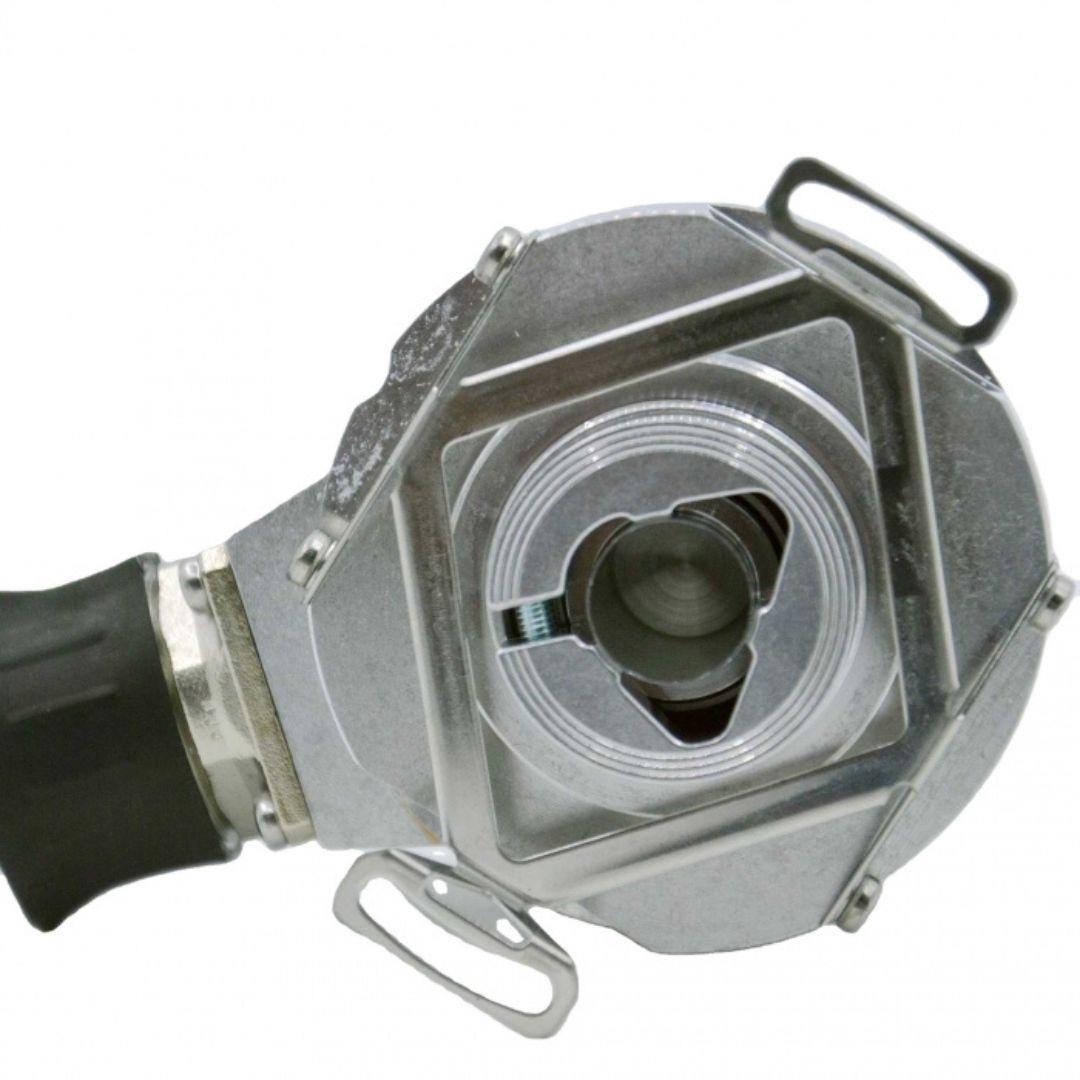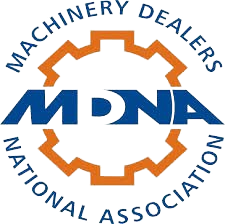6-Step Guide To Choosing The Perfect Digital Encoder

Digital encoders play a crucial role in modern CNC machining and manufacturing. However, the options are practically endless with these encoder systems. So how can one discern the right type of digital encoder for their application? In this blog, Walker Machinery, a leading distributor of DRO systems and digital encoders, lays out the benefits of choosing the right encoder and a detailed guide to selecting the perfect one.
Benefits Of A Compatible Digital Encoder
Choosing the right digital encoder can be extremely beneficial for a manufacturer because:
- They optimize performance: An encoder that has been perfectly selected for an application ensures optimal performance without overpaying. On the flip side, it also allows manufacturers to avoid an encoder that is not ideal for a particular function. To achieve this, it is important to learn the distinction between incremental and absolute encoders, rotary and angular encoders, and so on.
- Avoid unnecessary downtime: When an encoder breaks down or fails, it can cause a lot of unnecessary downtime for the manufacturer. To avoid this, it is important to assess if the digital encoder meets the environmental conditions of a particular operation. So choosing an appropriate digital encoder directly translates to a more efficient manufacturing process that helps prevent breakdowns.
What To Consider When Choosing A Digital Encoder?
1. Understanding The Fundamental Type Of Encoders
The first step lies in understanding the most basic types of encoders. These include:
- Linear Encoders: These are used to mainly measure motion in a straight line. Used in CNC machining, these encoders use sensors that are attached to the moving parts with the help of a guideway.
- Rotary Encoders: Rotary encoders are used in applications where measuring rotational movement is important, such as servo motors. They also offer positioning accuracy, speed control, and bandwidth, improving the performance of motors significantly.
- Angle Encoders: They work similarly to rotary encoders but the difference lies in their level of accuracy, even at low rotational speeds. Therefore, angle encoders are perfect for applications where extreme accuracy and precision are desirable.
2. Consider The Level Of Positioning
Apart from understanding the fundamental plane of motion, is it also important to discern the accuracy of positioning. Based on this criteria, there are three more options to consider:
- Incremental Encoders: These digital encoders use a relative starting position when measuring a particular movement. They are characterized by identical, evenly spaced marks. Incremental encoders are cost-effective but not as accurate as absolute encoders. They are used primarily in applications where speed control is paramount.
- Absolute Encoders: Absolute encoders have unique codes for each position. Therefore, its starting position is always constant and not dependent on any reference mark. This makes absolute encoders ideal in applications where high precision is important, even after power loss.
- Distance Coded Encoders: This is a hybrid digital encoder with features of both incremental and absolute encoders. They have identical, evenly spaced marks as well as unique codes.
3. Understanding Environmental And Installation Conditions
Environmental conditions are a key consideration when selecting a digital encoder. In this context, they can be classified as:
- Sealed Encoder: These encoders are enclosed within a seal made of extruded aluminum. Their primary purpose is to protect the encoder from elements such as dust, debris, moisture, coolant and more.
- Exposed Encoder: Exposed encoders, on the other hand, offer no such protection from the elements, but are known for their better positional accuracy. So for conditions where there is low contamination but a need for high performance, such as semiconductor manufacturing, these encoders fit the bill.
Even after choosing any of the above encoders, manufacturers must be aware of other environmental factors such as operating temperature, mounting configuration, IP rating and more.
4. Understanding The Specific Applications
Applications perhaps play one of the most important roles in choosing a proper digital encoder. Here are some examples to better help understand this factor:
- In medical equipment and semiconductor manufacturing, there is little to no margin for error. To meet the requirement of precise measurements, high-resolution encoders, such as optical encoders are perfect. They are also mostly exposed linear encoders in these applications.
- In robotics, where there is a need to better control robotic arms, the encoder must offer accurate speed and positioning feedback. Rotary encoders perfectly fit these applications.
- In machine tool manufacturing such as metal cutting, the encoder is exposed to high temperatures, vibrations and liquids, necessitating the use of sealed encoders in this instance.
5. Exploring Interfaces And Feedback Types
How the digital encoder interfaces with the controller is an often overlooked aspect that costs dearly in the long run. There are multiple interface options to consider:
- In case of incremental encoders, they offer pulse-faced feedback which can be an Analog or Digital signal. This offers more compatibility with most controllers.
- Absolute encoders, by comparison, employ bit and bytes as feedback, making them a lot more detailed than their incremental counterparts. However, it then raises the question of the type of interface, which can either be a proprietary interface or a more open interface that is compatible across multiple hardware. In either scenarios, care must be taken to ensure that the signals can be read by the controller
6. Choosing Encoders Based On Rotary Feedback
For rotary encoders, there is another factor to consider, rotary feedback. Based on this criteria, there are two more choices:
- Single-turn encoders: These rotary encoders help position within one complete rotation. They are best for applications where calculating total revolutions is not important.
- Multi-turn encoders: These rotary encoders track rotations beyond 360 degrees or one rotation. They are ideally employed in cranes, robotics, and wind turbines.
In Conclusion
In the end, choosing the right type of digital encoder is a detailed process with several parameters. However, by using the above-mentioned factors as a guideline, it is possible to choose the right type of encoder with a high degree of accuracy. If you are still not sure about your ideal encoder, then reach out to us at Walker Machinery today. As a leading distributor of Heidenhain encoders, our experts will help you find the perfect encoder tailored to your specific requirements.





